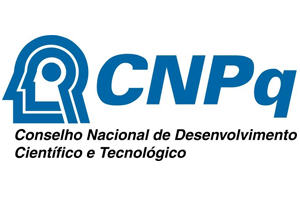Harith B. Hasan
Diyala education directorate, Diyala, Iraq
Nagham Y. Albayati
Department of Biology, College of Education for Pure Sciences, University of Diyala
Dunya F. Salloom
Department of Biology, Topical-Biological Research Unit, University of Baghdad, College of Sciences
ABSTRACT
Cystic echinococcosis (CE), caused by the larval forms of Echinococcus granulosus, is a significant global health issue and a primary parasitic disease affecting agricultural animals. This study investigates the serum levels of tissue inhibitor of metalloproteinases-1 (TIMP-1) and the association of specific single nucleotide polymorphisms (SNPs), rs1043428 and rs41454248, with hydatid disease. TIMP-1, an extracellular matrix protein and zinc-dependent endopeptidase inhibitor, plays a role in regulating matrix metalloproteinases (MMPs), connective tissue turnover, and vascular wall remodeling. The study included 62 patients diagnosed with hydatid disease (18 males and 44 females) and 75 healthy controls (29 males and 46 females). TIMP-1 levels and the two SNPs were analyzed and compared between the groups. Results showed no significant difference in age between patients and controls (p > 0.05). TIMP-1 concentrations were significantly elevated in patients with hydatid disease (717.08 ± 31.61 pg/ml) compared to the control group (518.05 ± 32.56 pg/ml, p < 0.05). Regarding the rs41454248 SNP, the GG genotype and G allele exhibited slightly higher frequencies in patients with hydatid disease (9.7% and 55.0%, respectively) compared to controls. However, these differences were not statistically significant (p = 0.5). The odds ratio (OR) associated with the GG genotype and G allele was 0.29, suggesting a potential, though non-significant, risk factor for hydatid disease. The rs1043428 SNP showed genotypes deviating from Hardy-Weinberg equilibrium in patients. The CC genotype was significantly more frequent in patients (1.6%) compared to controls (0%), with an OR of 0.05 and a highly significant p-value (p = 0.001). The elevated frequency of the CC genotype suggests a reduced protective role in hydatid disease. In conclusion, this study highlights the elevated TIMP-1 levels in patients with hydatid disease and suggests potential associations between specific TIMP-1 gene polymorphisms and disease susceptibility. These findings provide insights into the molecular mechanisms of hydatid disease and may guide future research into diagnostic and therapeutic strategies.
Keywords: Serum Level, TIMP-1, Hydatid Disease.




